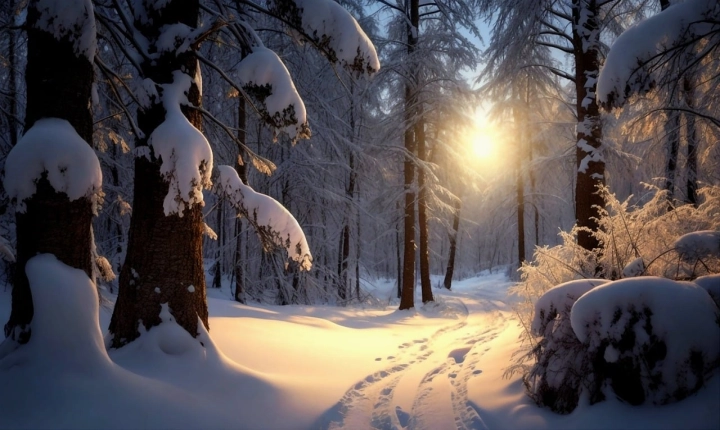Title: How to Generate High-Quality AI Art: A Beginner’s Guide
Artificial intelligence (AI) has empowered artists and designers to create stunning and innovative works of art. AI-generated art is a burgeoning field that combines the diverse creative abilities of humans with the computational power of machines. Whether you are an artist looking to explore new mediums or a technologist curious about the intersection of AI and art, understanding how to generate high-quality AI art can open up exciting possibilities. In this article, we will delve into the process of producing high-quality AI art, exploring the tools, techniques, and considerations that contribute to stunning results.
1. Understand the Capabilities of AI Art Tools:
AI art tools come in various forms, from generative adversarial networks (GANs) to deep learning algorithms. Different tools offer distinct capabilities, from creating realistic imagery to generating abstract compositions. Understanding the strengths and limitations of each tool is essential for producing high-quality AI art. Research and experimentation with different AI art tools will help you discover which platform best suits your artistic vision and goals.
2. Source High-Quality Training Data:
The quality of training data significantly impacts the output of AI-generated art. Training data can include images, audio, text, or any other form of input that the AI model uses to learn and generate art. Using high-resolution and diverse training data sets ensures that the AI produces more refined and nuanced artwork. Curating and pre-processing training data to eliminate noise and inconsistencies can enhance the quality of the generated art.
3. Experiment with Style Transfer Techniques:
Style transfer techniques enable artists to apply the style of one image to the content of another, resulting in unique and visually compelling artwork. By experimenting with different style transfer algorithms, artists can create high-quality AI art that seamlessly blends diverse artistic styles and elements. Tinkering with parameters such as style intensity, content weight, and iteration count can fine-tune the output according to the desired aesthetic.
4. Embrace Creative Collaboration with AI:
AI can serve as a co-creator, inspiring, and augmenting the creative process. Collaborating with AI tools allows artists to explore unconventional artistic directions and uncover new possibilities. By leveraging the capabilities of AI, artists can push the boundaries of their creativity and produce high-quality artwork that seamlessly integrates human and machine intelligence.
5. Refine and Iteratively Improve Artwork:
Producing high-quality AI art often involves a process of refinement and iteration. Iteratively adjusting parameters, experimenting with different models, and seeking feedback from peers can lead to significant improvements in the quality and originality of AI-generated art. Embracing an iterative approach encourages continuous learning and growth in the field of AI art.
6. Consider Ethical and Conceptual Implications:
Creating high-quality AI art also necessitates considering ethical and conceptual implications. AI-generated art raises questions about authorship, ownership, and the relationship between human creativity and machine-generated content. Exploring these philosophical and ethical dimensions can enrich the artistic process and contribute to a deeper understanding of AI art as a form of creative expression.
In conclusion, generating high-quality AI art involves a combination of technical expertise, creative exploration, and thoughtful consideration of ethical and conceptual implications. By understanding the capabilities of AI art tools, sourcing high-quality training data, experimenting with style transfer techniques, embracing creative collaboration with AI, refining artwork iteratively, and considering ethical and conceptual implications, artists can create stunning and original AI-generated art. As the field of AI art continues to evolve, the possibilities for producing high-quality and innovative artwork are boundless, promising exciting developments at the intersection of art and technology.
